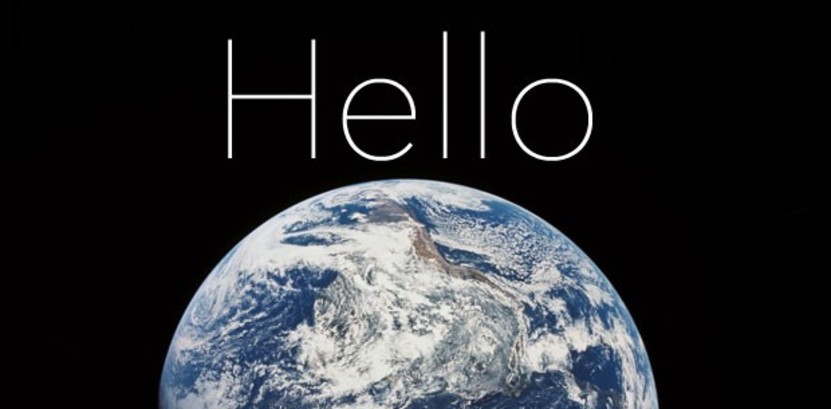Design, the future of work, and learning to code over the holidays

Click here to view this email in a web browser
Greetings everyone,
In this week’s episode of Ventures, Joel Fariss - a design research and strategic futures associate at Gensler - and I discuss the nuances of the word “design” in light of 2020 and the future of work and innovation. Based on his experience at Gensler and in the nonprofit world, we dive into the connection between design and value for humanity, the need for time and space for humans to innovate, and the role of grief to create a more equitable work environment.
Check it out: Design, innovation, work, and the future of humanity :: with Joel Fariss
Learn to code with skills for business, product design, and collaboration: a curriculum for entrepreneurs
For better or worse, I spent a fair amount of time over the long weekend writing educational material for those learning to code in this mega series I’m writing. I went ahead and just published all 7 “Hello World” posts at once (out of an 8-part series within the series):
- Part 1: Git, HTML, and Embedded Ruby
- Part 2: Shell Scripting and Cascading Style Sheets (CSS)
- Part 3: JavaScript and Ruby on Rails
- Part 4: Stimulus.js, StimulusReflex, and CableReady
- Part 5: Introducing Redux and React
- Part 6: Sending form data with Redux and React
- Part 7: Redux, Rails, and ActionCable
- Part 8: Automated testing and linting (coming soon, subscribe here)
I am highly interested in gathering a small cohort of students to run through recorded Q&A sessions through each post (similar to what we did here and here). Thus far, the youngest student is in the 6th grade, and that may be a bit of stretch (we’ll see). The parents have asked about how much math would be necessary as a prerequisite, and I think as long as the student is reasonably tech-savvy and understands basic algebra and if/then/else logic (or could learn the basics of these quickly), then it should work.
A lot of the tutorial series is getting things set up, creating folders and files, and copy/pasting in code. Obviously some students will have a better grasp of what’s going on with that code than others, and I’ll do my best to explain what’s going on after each part. So, if you are a parent and would like your advanced-middle-schooler or high-school student to participate, let me know! Also, there are friends of mine and colleagues in their 20s/30s and above joining us as well, and they should be able fly through the material much more quickly (again, we’ll see). :)
Have a great rest of your week,
~Will